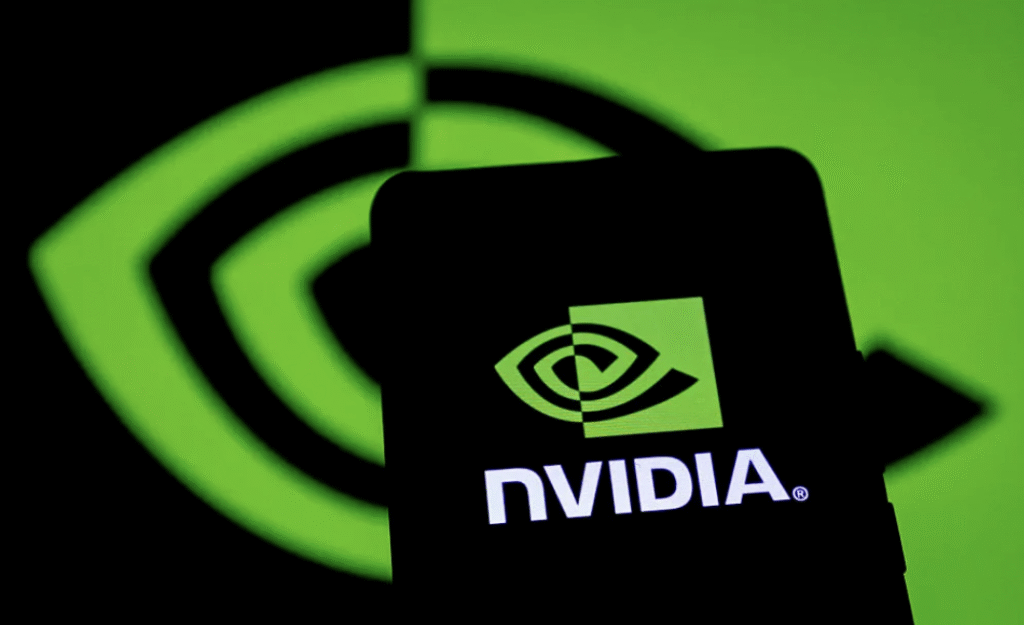As a global leader in AI and graphics technology, NVIDIA interview are renowned for their high technical rigor and industry-specific focus, with particularly strong demands in algorithms, hardwarearchitecture, and parallel computing. This article breaks down the NVIDIA interview process, core exam points, and provides practical preparationadvice tailored to the recruitment characteristics of NVIDIA engineering roles, helping technical talents pursue opportunities at this“AI-era chip giant.”

Coding Question
Task: Implement matrix transposition using CUDA, optimizing shared memory access to reduce Bank Conflict and comparing performance before and afteroptimization.
Input:
Matrix dimension: N×N (assuming N is a multiple of 32, e.g., 512)
Storage format: Row-major
Core Exam Points:
CUDA thread block and grid design
Avoidance of Bank Conflict in Shared Memory
Asynchronous data transfer and kernel launch optimization
Behavioral Question
Question: “Describe an experience where you optimized a hardware-related algorithm in a project. How did you balance performance, powerconsumption, and code readability?”
Response Framework (STAR Method):
Situation: In an autonomous driving project, real-time object detection model inference on an in-vehicle GPU (e.g., NVIDIA Jetson) needed optimization. Theoriginal model had a latency of 200ms on Jetson Nano, failing to meet the 100ms real-time requirement.
Task: Reduce latency by 50% without significantly increasing power consumption (to avoid thermal throttling) or code complexity.
Action:
Model Quantization: Converted the FP32 model to INT8 using TensorRT, reducing latency by 30% with unchanged power consumption (Tensor Core accelerated integeroperations).
Layer Fusion Optimization: Reduced kernel launches via TensorRT’s automatic layer fusion (e.g., merging Conv+BN+ReLU), cutting latency by an additional 15%.
Code Readability Maintenance: Encapsulated quantization and optimization logic into independent modules, retained an FP32 branch for debugging, and added detailed commentsexplaining hardware-specific features (e.g., “This branch enables INT8, leveraging Jetson’s CUDA Core capabilities”).
Result: Final latency dropped to 90ms, meeting real-time requirements; power consumption increased by only 5% (due to higher INT8 computationalefficiency); code structure remained clear, reducing subsequent iteration costs.
System Design Question
Task: Design a real-time video analytics system supporting 100 video streams, requiring end-to-end latency < 200ms, model accuracy ≥ mAP 0.75, and based onNVIDIA GPU architecture (e.g., DGX A100 or Jetson series).
Design Framework:
Hardware Selection and Architecture Layering
Edge Nodes (Video Ingestion Layer):
Use Jetson Xavier NX (6 TOPS computing power) to process 20 channels of 720P video streams, connected to cameras via USB/PCIe.
Advantages: Low power consumption (10W), CUDA acceleration support, suitable for distributed edge deployment.
Central Server (Model Inference Layer):
Use DGX A100 (6240 TOPS computing power) to handle 80 channels of 1080P video streams, enabling multi-GPU parallelism via NVLink.
Deployment: Containerized with Docker, managed by Kubernetes for computing resources.
Software Stack Design
Video Preprocessing:
Decode video using CUDA Video API (e.g., H.264/AV1), parallelize resizing to model input dimensions (e.g., 640×640).
Example code snippet (CUDA decoding):
cudaVideoCreateDecoder(&decoder, codec, nullptr);
cudaVideoDecode(decoder, frame, stream); // Asynchronous decoding to GPU memory Performance Optimization Strategies
Model Compression:
Use NVIDIA TAO toolchain for transfer learning, reducing model parameters by 40% while maintaining mAP ≥ 0.75.
Hardware-Coordinated Optimization:
Enable Jetson’s CVB (Computer Vision Library) at edge nodes to accelerate ROI cropping and feature extraction.
Utilize A100’s SM Multi-Instance (MIG) technology in central servers to partition GPUs into independent instances, isolating computingresources for different video streams.
Scalability and Fault Tolerance
Horizontal Scaling: Build GPU clusters via NVSwitch-connected DGX A100s to support dynamic load balancing.
Fault Tolerance Mechanisms:
Automatically switch to local cached video (e.g., last 10 seconds of footage) when edge node video streams disconnect to maintain system output.
Ensure single-GPU failures do not impact overall services through heartbeat detection and failover mechanisms in central servers.
You’re One Step Away from Your Dream Offer
ProgramHelp offers not only interview proxy services and interview assistance but also comprehensive enrollment support, including admission interview proxies,study interview audio relay, and exam cheating prevention. Additionally, we provide tutoring, job search assistance, exam proxy services, andoutsourced programming exam completion. Our one-stop services empower you to succeed at every stage!


